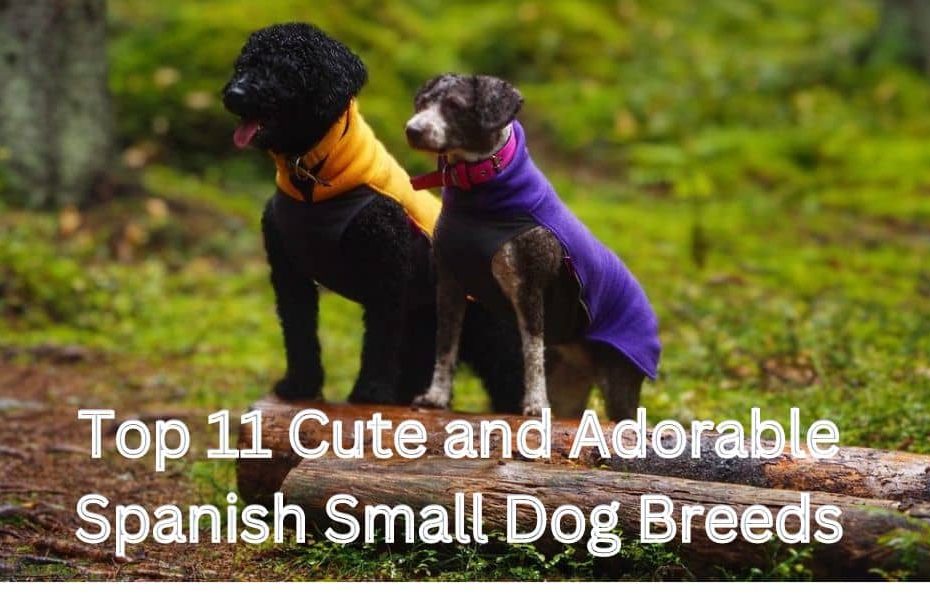The Spanish small dog breeds were shepherds, livestock guardians, and hunters. During times of war, the Spanish used starved dogs in warfare to fight with insatiable ferocity.
According to the Spanish Royal Canine Society, only about two dozen dog breeds are indigenous to Spain, and only half of them are recognized by international kennel groups. Many of them are quite rare, even in their native Spain.
Spain also has a broad range of breeds that will take breath away with their gorgeous looks, heart-melting twinkle eyes, silky coats, and stunning cuteness.
Top 11 Cute and Adorable Spanish Small Dog Breeds
Many of these dogs have strong hunting or working instincts. Conduct research to see whether the normal breed features and qualities are a suitable fit for house and lifestyle.
Mental stimulation, plenty of exercise, and goal-oriented, positive reinforcement training are usually required for these dogs. The Spanish Royal Canine Society and at least one international kennel club recognize the following 11 Cute and Adorable Spanish Small dog breeds.
1. Podenco
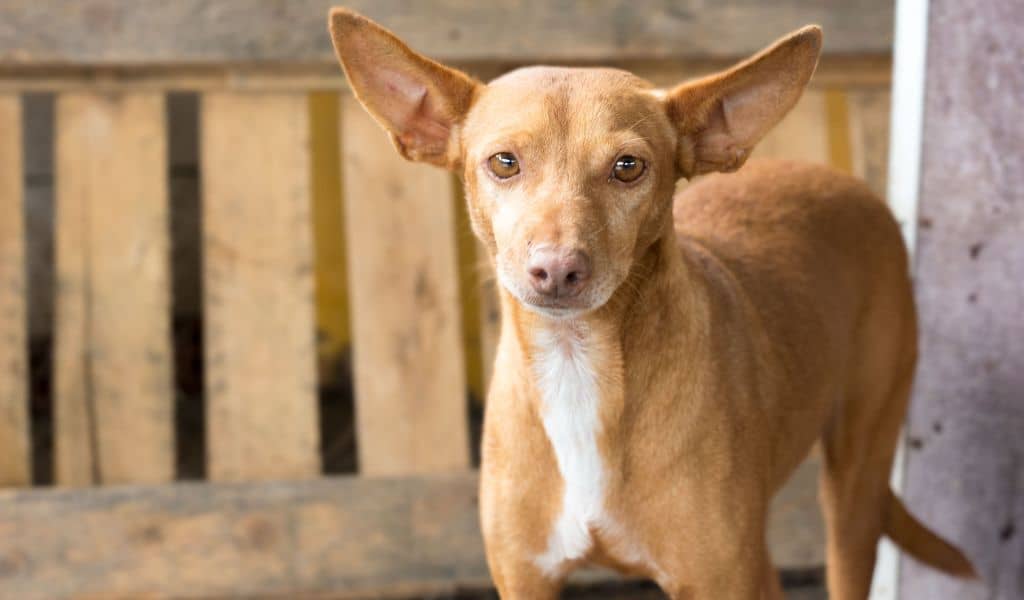
In Spain, there are various podenco varieties, which translate as “dog.” The pointed, huge, upright ears and sleep form of these sighthound breeds distinguish them. They are available in various of sizes. The Ibizan hound is regarded as a podenco.
These sighthounds were widely utilized for rabbit hunting across Spain’s many areas. Unfortunately, traditional hunter owners often abuse podencos, seeing them as tools rather than caring for them as beloved creatures.
Podencos may make wonderful family pets. They are friendly and lively, and they like being active. They can be stubborn and need more patience when it comes to training, especially with recall because they have a high prey drive.
Breed Overview
- Group: Hound
- Height: 13 inches to 28 inches
- Weight: 18 pounds to 70 pounds
- Coat and Color: Smooth, wire, or long-coated in various colors, mostly brown or red and with white markings
- Life Expectancy: 12 to 14 years
2. Andalusian Hound
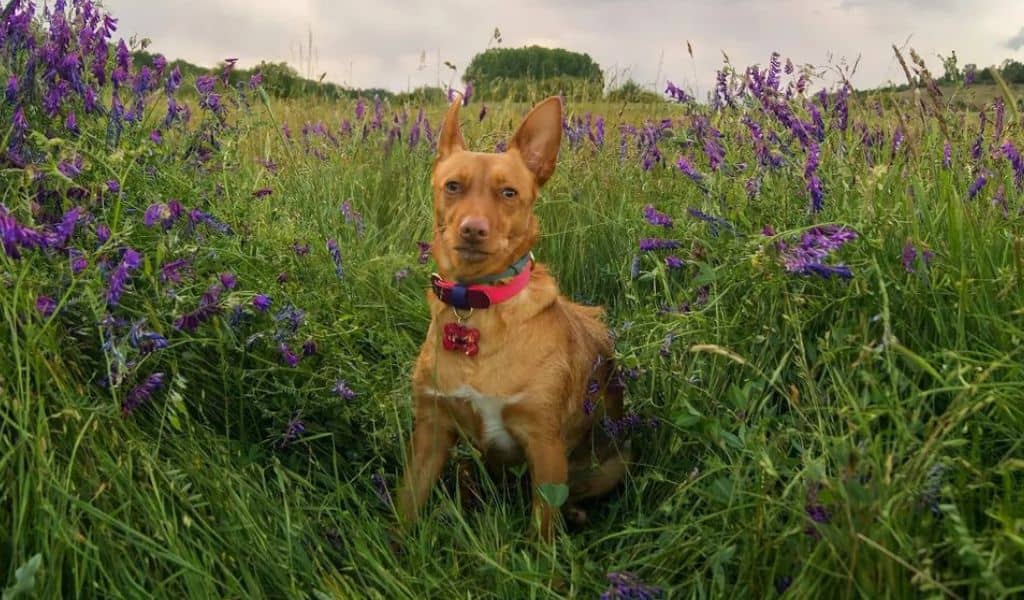
The Andalusian Hound is a competent hunter who is devoted to the pack leader. Their vision is superb, their hearing is amazing, and their sense of smell is exceptional. Although many kennel clubs in the world do not recognize this scruffy-looking dog breed, the Spanish Royal Canine Society does.
The Andalusian hound is a well-known Spanish hunting dog breed. It is recognized by its medium size, pointy ears, and extended nose. It has a semi-long, woolly coat that is light in chestnut or yellow.
Andalusian hounds are great hunters due to their keen senses of sight, hearing, and scent. In comparison to other hunting breeds, the breed is devoted and kind to its owner, docile and readily trained.
Breed Overview
- Group: Hound
- Height: 14 inches to 17 inches
- Weight: 11 pounds to 24 pounds
- Coat and Color: various shades of white and reddish brown
- Life Expectancy: 10 to 12 years
3. Spanish water dog

The Spanish water dog is recognized by its distinctive curly, woolly coat, which when long can form into cords. The breed was created as a hardworking all-purpose farm dog capable of guarding, herding, and catching vermin.
Spanish Water Dog is a lively breed with a strong frame and an aptitude for water activities that is medium in size but huge in heart. Their hair develops into long, tight cords that are water-resistant and, if untrimmed, hide their adorable eyes.
This Spanish dog is active, attentive, and bright, and he excels in competitive dog sports. They may be obstinate and independent, and if not properly socialized, they can be distrustful of strangers and territorial. They are described as rustic-looking dogs with big personalities.
Breed Overview
- Group: Herding
- Height: 17.5 to 19.5 inches
- Weight: 30 to 50 pounds
- Coat and Color: Unique curly and wooly single coat that comes in black, brown-beige, white, solid, or parti-color with white as the second color
- Life Expectancy: 12 to 14 years
4. Catalan Sheepdog
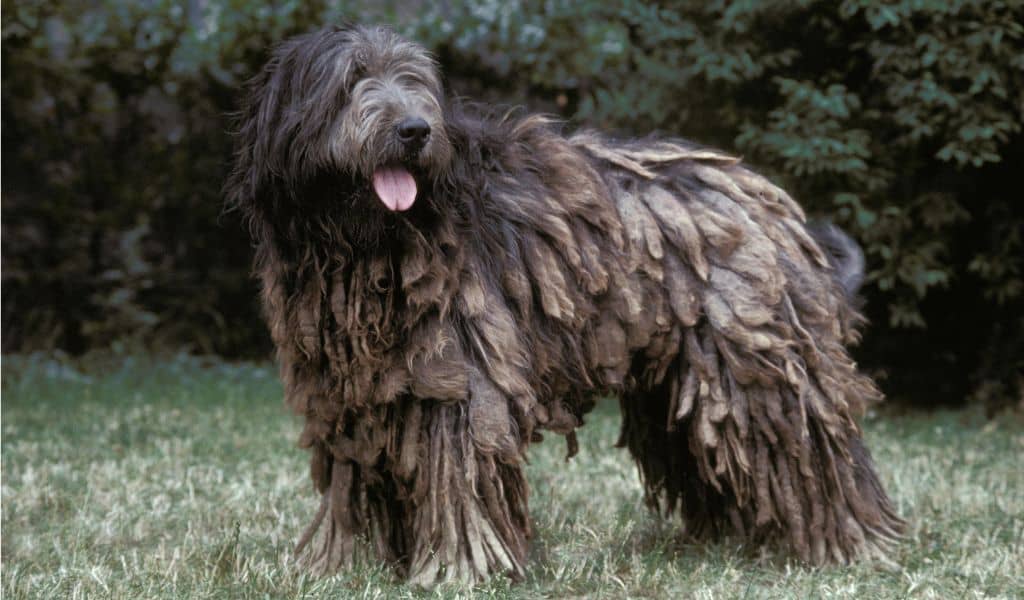
Catalan Sheepdog is an old breed that has been used in the northeast of Spain to herd and defend animals. They are rare outside of their own nation and are more common in European countries than in the United States.
The Catalan sheepdog is a breed that is bright, motivated, and hardworking. They’ll be best suited to an active family who enjoys spending time outside.
They are affectionate and like cuddling with their family members. They want to employ their herding instincts and digging mindset while they are in active mode.
They’re smart and simple to teach, but they need physical and mental stimulus to avoid behavior problems. The breed is truly loyal and protective. Their tendency to herd and pursue must be managed.
Breed Overview
- Group: Pastoral Group (UKC); not an AKC recognized breed
- Height: 17 to 19 inches
- Weight: 37 to 55 pounds
- Coat and Color: Double coat; topcoat is long and flat or wavy; comes in sable, fawn, or gray, and shades of red, brown, white, or black throughout the coat
- Life Expectancy: 12 to 14 years
5. Majorca Ratter Dog
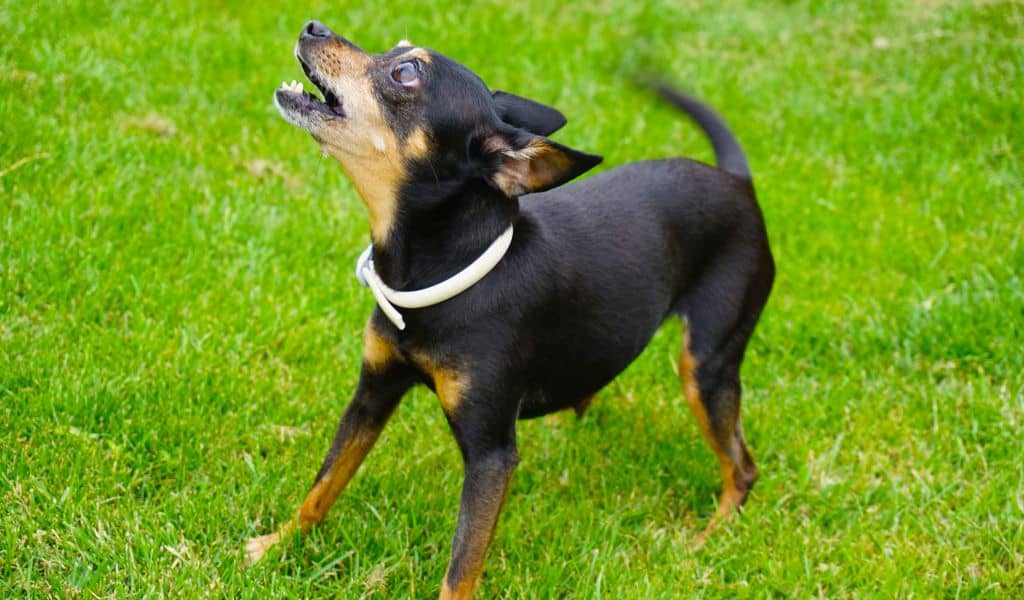
This Spanish dog breed is petite in stature and has short, silky black hair with brown markings. They come from the Spanish island of Majorca and are the result of inbred dogs brought to the island in the 1900s.
The Balearic Islands are home to the Majorca ratter, also known as the Ratonero mallorquin. The Majorca ratter has a stylish but compact body with powerful legs. It has a sleek, short coat that is black and brown in hue.
This engaging breed, with the looks of a Min Pin and the personality of a terrier, has become more popular as a pet in current times. They are bright dogs who thrive in an active environment and will lavish their owner with loving devotion.
Breed Overview
- Group: Hunting Dogs
- Height: 07 to 08 inches
- Weight: 10 to 12 pounds
- Coat and Color: Smooth, Black & Tan, Black tricolor, Brown & Tan, Brown tricolor
- Life Expectancy: 14 to 18 years
6. Bichon Frise
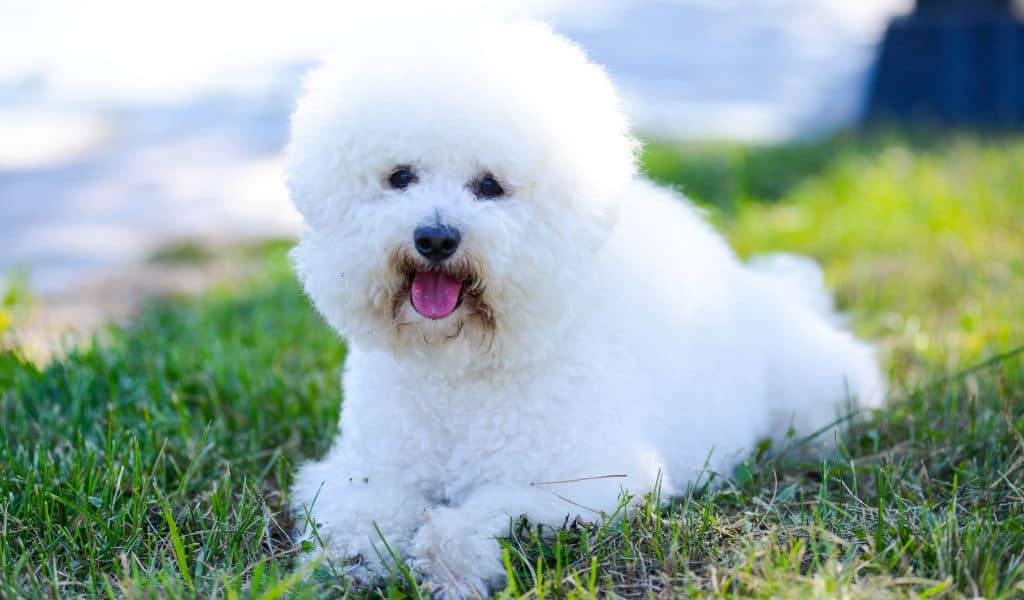
The bichon frise is most often linked with France, where they were popular as companion dogs in the 16th century. This little breed originated in Tenerife, Canary Islands, where they were used as sailing dogs and rarely as eager little herders.
Bichons are little, lively dogs with happy-go-lucky attitudes and modest activity needs. They are a popular choice for a family dog and do well in apartments. The friendliest of Spanish dog breeds is this delightful happy-go-lucky dog.
Bichons might suffer from separation anxiety. To prevent mats from growing, the breed’s coat requires regular upkeep. They make great companion dogs due to their beauty and even temperament. They are quite social, get along well with families, and get along well with children and other pets.
Breed Overview
- Group: Non-sporting (AKC)
- Height: 09 to 12 inches
- Weight: 07 to 12 pounds
- Coat and Color: Fluffy and curly white hair and may have traces of apricot, buff, or cream
- Life Expectancy: 14 to 15 years
7. Pyrenean Mastiff
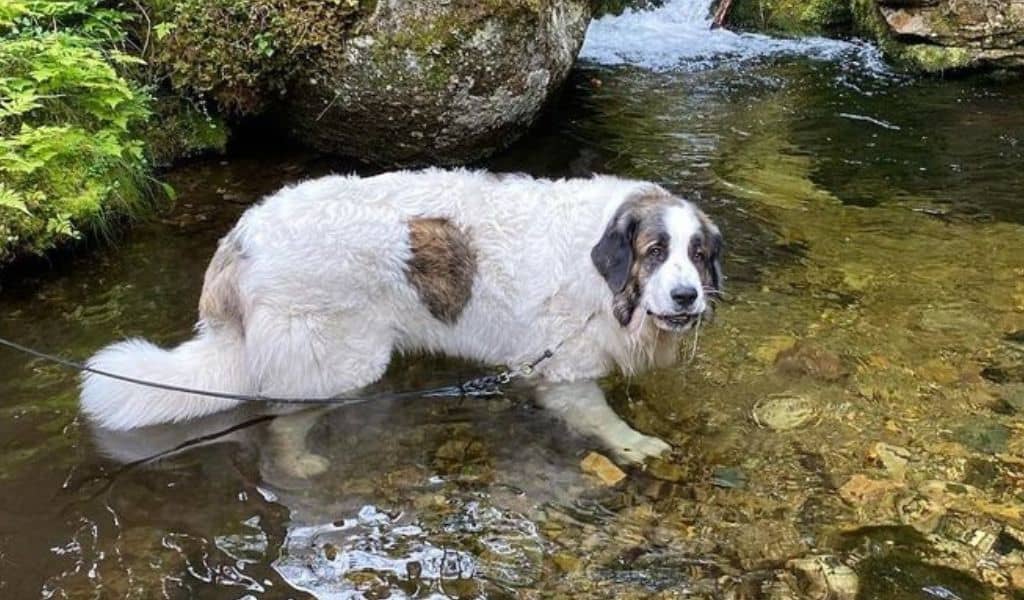
The Pyrenean mastiff is a smart livestock guard dog native to the Pyrenees Mountains, which run across Spain and France. It kept wolves, bears, and robbers at bay.
This dog has a low hunting drive and instead protects its family and other animals. It adores children and people it is familiar with. When threatened, this breed does not back down.
They save their energy and great power for when they are required. Few persons or animals, however, can slip past the Pyrenean Mastiff’s keen eye. When faced with known and new people, they are very distinct dogs.
These dogs will be kind and loving to their relatives, especially kids and other dogs in the pack. And, as guard dogs, they are naturally wary of strangers.
Breed Overview
- Group: Molossoid/mountain (FCI); not an AKC-recognized breed
- Height: 25 to 31 inches
- Weight: 120 to 240 pounds
- Coat and Color: Thick, double coated with a white base coat with patches of color, including medium gray, deep gold, sand, dusk, black, silver gray, light tan, sand, brindle, and red
- Life Expectancy: 10 to 13 years
8. Ibizan Hound
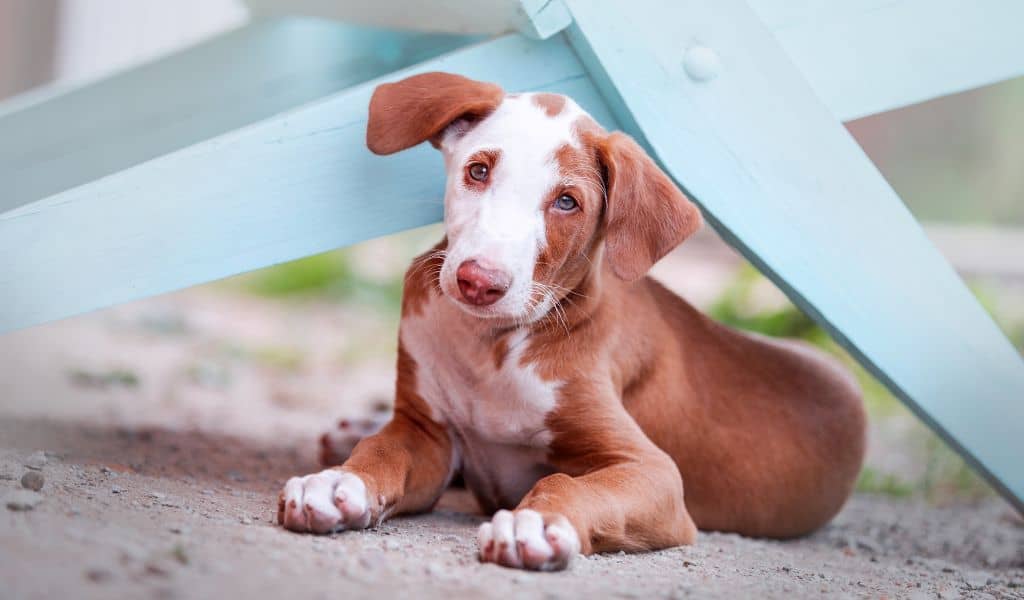
The Ibizan hound is a distinct and elegant sighthound with huge, upright ears and a slimline form. They come from the Balearic Islands, which are located off the coast of Spain.
These canines have a lengthy history, with ancestors dating back to ancient Egypt. They may not be suitable to live with little furries due to their intense prey drive, and you must work hard to create a firm recall.
This breed can be reserved among strangers, but it is normally placid and even-tempered. They are great family dogs in a busy household. The Ibizan hound also has an affectionate, childish side.
Breed Overview
- Group: Hound (AKC)
- Height: 23 to 28 inches (males); 22 to 26 inches (females)
- Weight: 50 pounds (male); 45 pounds (female)
- Coat and Color: Coarse hair that can be smooth or wiry; comes in solid red, solid white, or white and red patterns
- Life Expectancy: 12 to 14 years
9. Spanish Hound
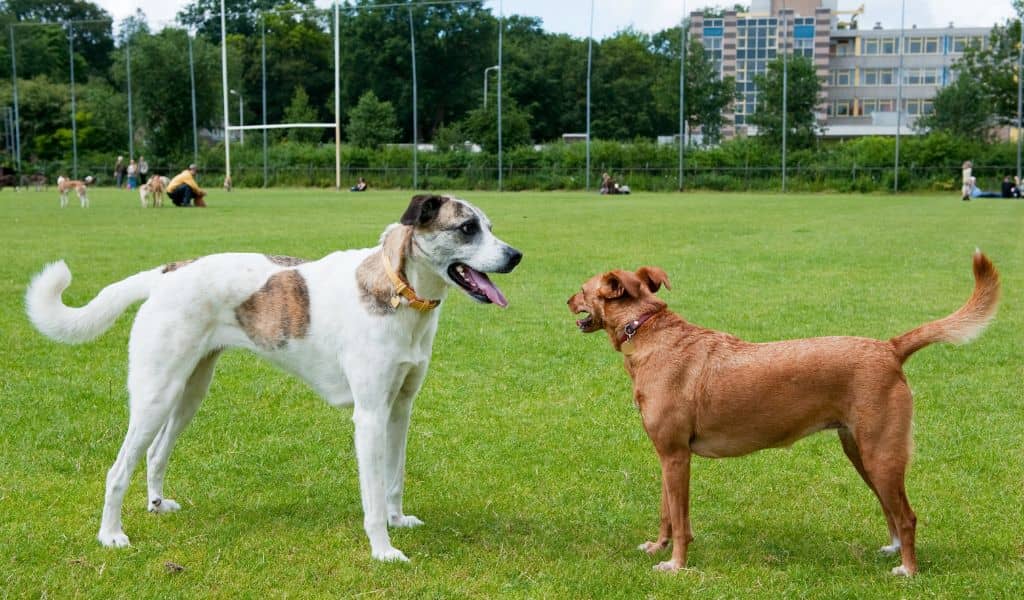
This scenthound originated in the far northern portion of the Iberian peninsula in the hilly terrain to hunt for a variety of animals, including boar, hare, bear, deer, fox, and others. King Alphonse XI described it for the first time in the 14th century.
This dog is still used for wild boar hunting in the north and rabbit hunting in the south. It is a peaceful, easygoing breed that makes a wonderful companion dog.
The Spanish hound is a dog breed that dates back to the fourteenth century and was employed for both large and small game hunting. This medium-sized dog breed has a short coat and a mournful expression on its face.
Despite its middle size, the Spanish Hound was used to hunt both small and large game. They have ferocious barks and strong jaws, allowing them to communicate with their hunting team while dominating their prey.
Breed Overview
- Group: Hound (FCI, UKC); not an AKC-recognized breed
- Height: 18 to 22 inches
- Weight: 53 to 55 pounds
- Coat and Color: Fine, smooth, flat hair in white and orange, ranging in hue from lemon to dark russet brown
- Life Expectancy: 12 to 14 years
10. Spanish Pointer
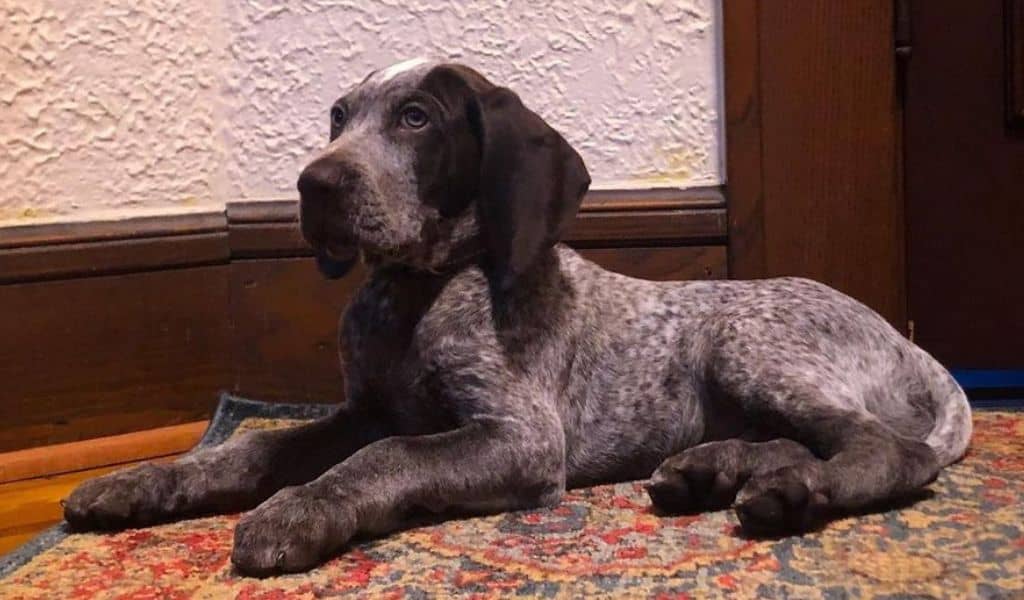
The Burgos pointer, also known as the Burgalese or Spanish pointer, developed in Castile, especially in the province of Burgos. It is thought to be derived from the old Spanish pointer and Spanish scenthound and dates back to the 16th century.
This breed was formerly used for deer hunting, but it is now utilised for small game hunting like as hare, quail, and partridge. This Spanish dog breed was developed to hunt foxes and rabbits.
They have large, floppy ears that make them appear cute, which they are. They are lively and have high stamina levels, a couple of hours of strenuous activity every day is required to keep the Spanish Pointer happy.
Breed Overview
- Group: Gundog (UKC); not an AKC-recognized breed
- Height: 22 to 26 inches
- Weight: 55 to 56 pounds
- Coat and Color: Short, bushy, smooth; white and tan or white and liver or dark brown in their coloring
- Life Expectancy: 12 to 15 years
11. Majorca Shepherd Dog
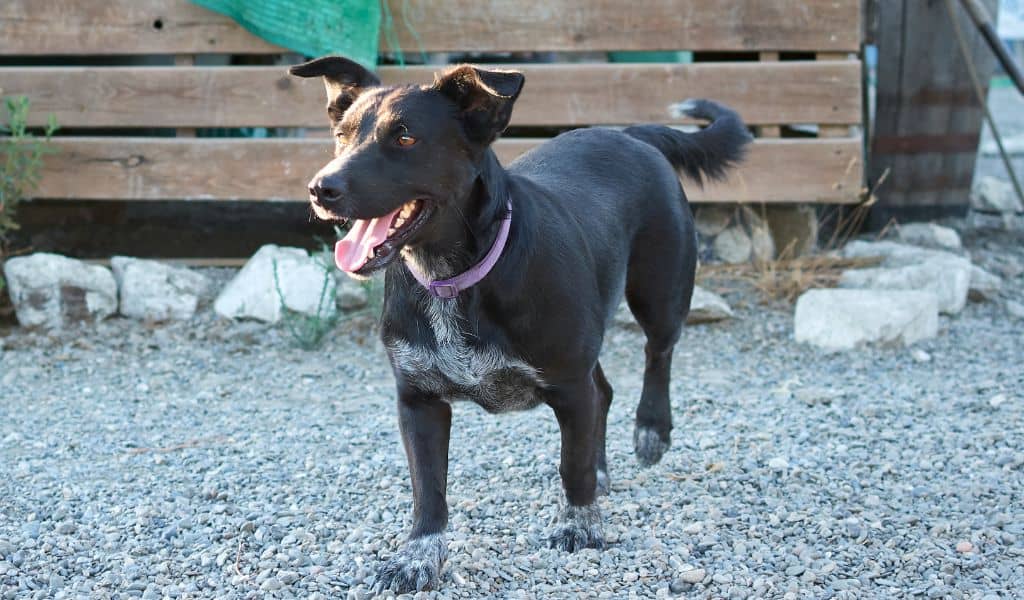
The perro de pastor Mallorquin, or Majorcan sheepdog, was used to guard sheep and as a general-purpose farm dog in the Balearic Islands. Its ancestors may be traced back to the 1200s, however its history is likely much older.
This breed is considered unusual and is rarely seen abroad. It is available in both short and long haired forms. The Majorca Shepherd is an excellent all-around farm dog with an all-black coat and a pleasant face.
They were domesticated to live in families while protecting and herding animals. They are lovely family pets and get along nicely with children. Their strong energy levels need regular exercise like as walking, hiking, and fetch.
Breed Overview
- Group: Herding (UKC); not an AKC-recognized breed
- Height: Up to 27.5 inches
- Weight: Up to 88 pounds
- Coat and Color: Short-haired or long-haired with very fine, thin undercoat in black, usually with a patch of white on the chest
- Life Expectancy: 11 to 13 years
ALSO READ: Top 10 long haired dog breeds
